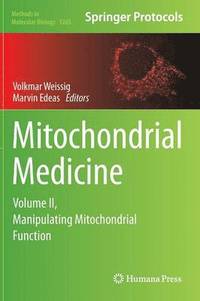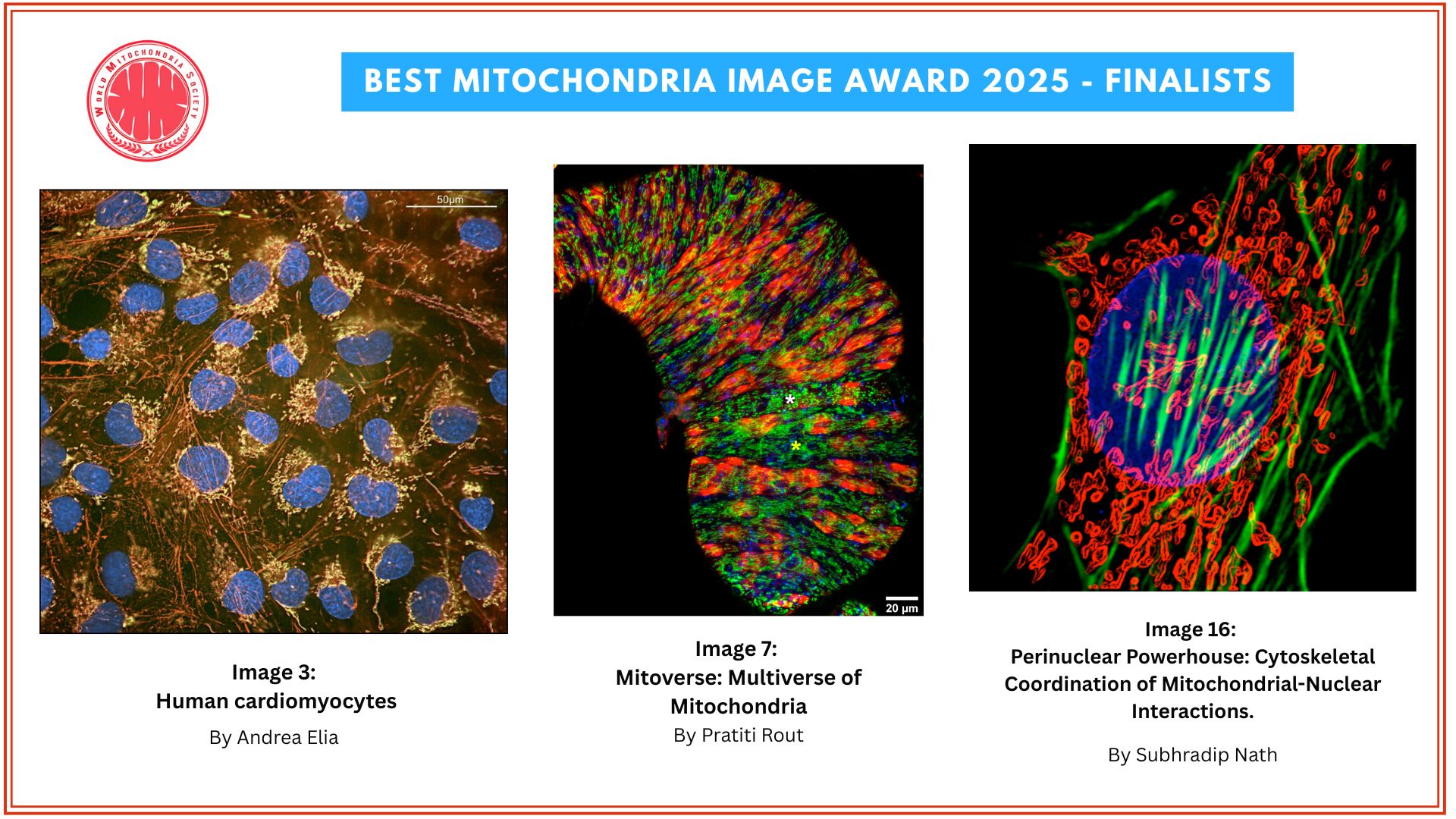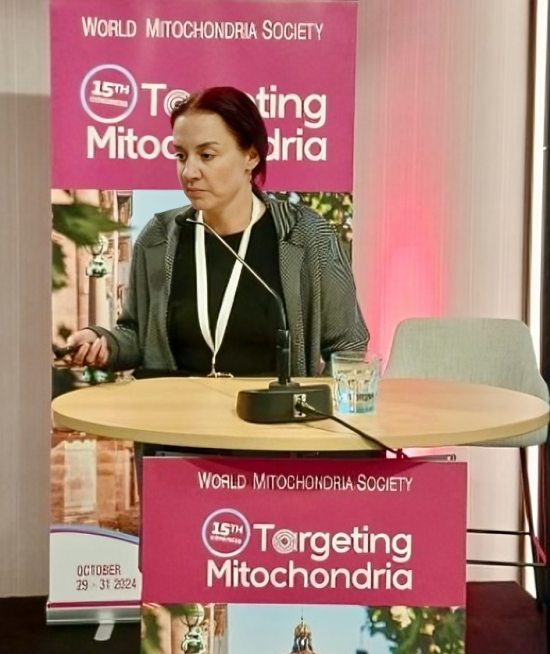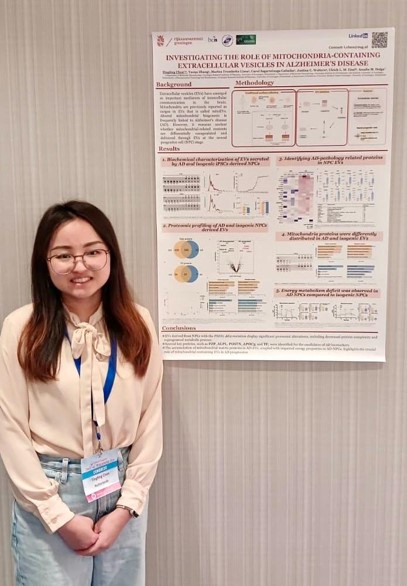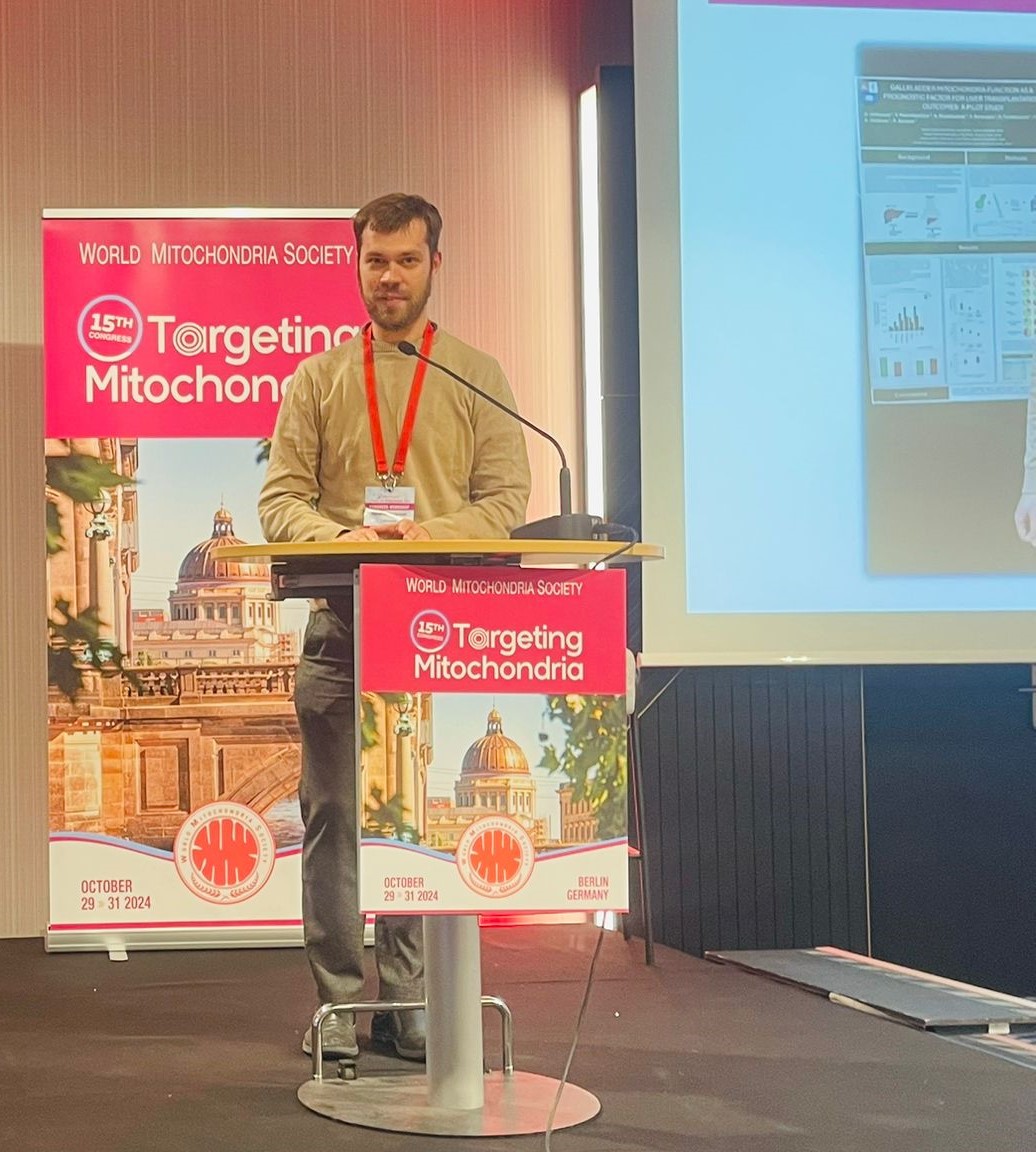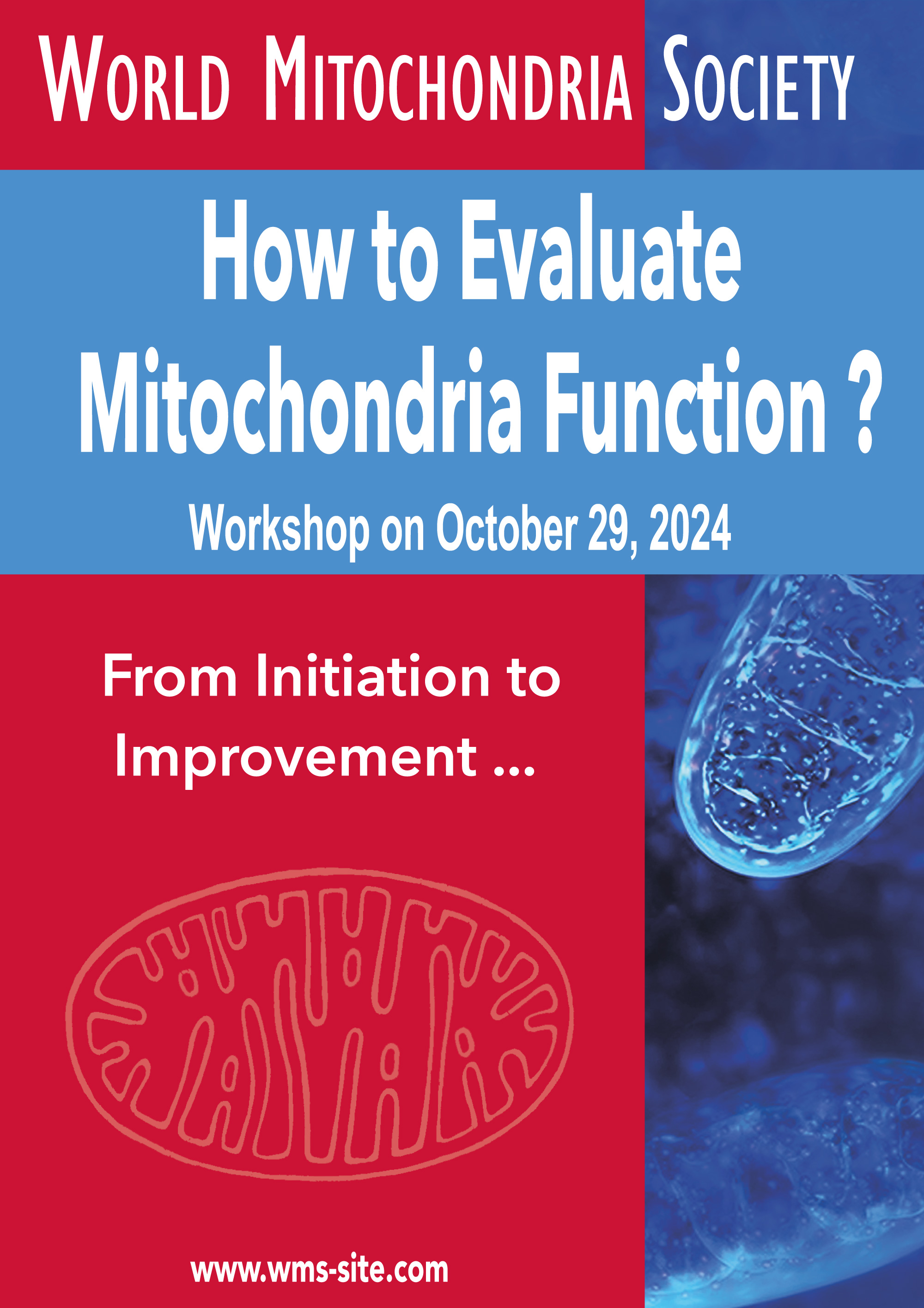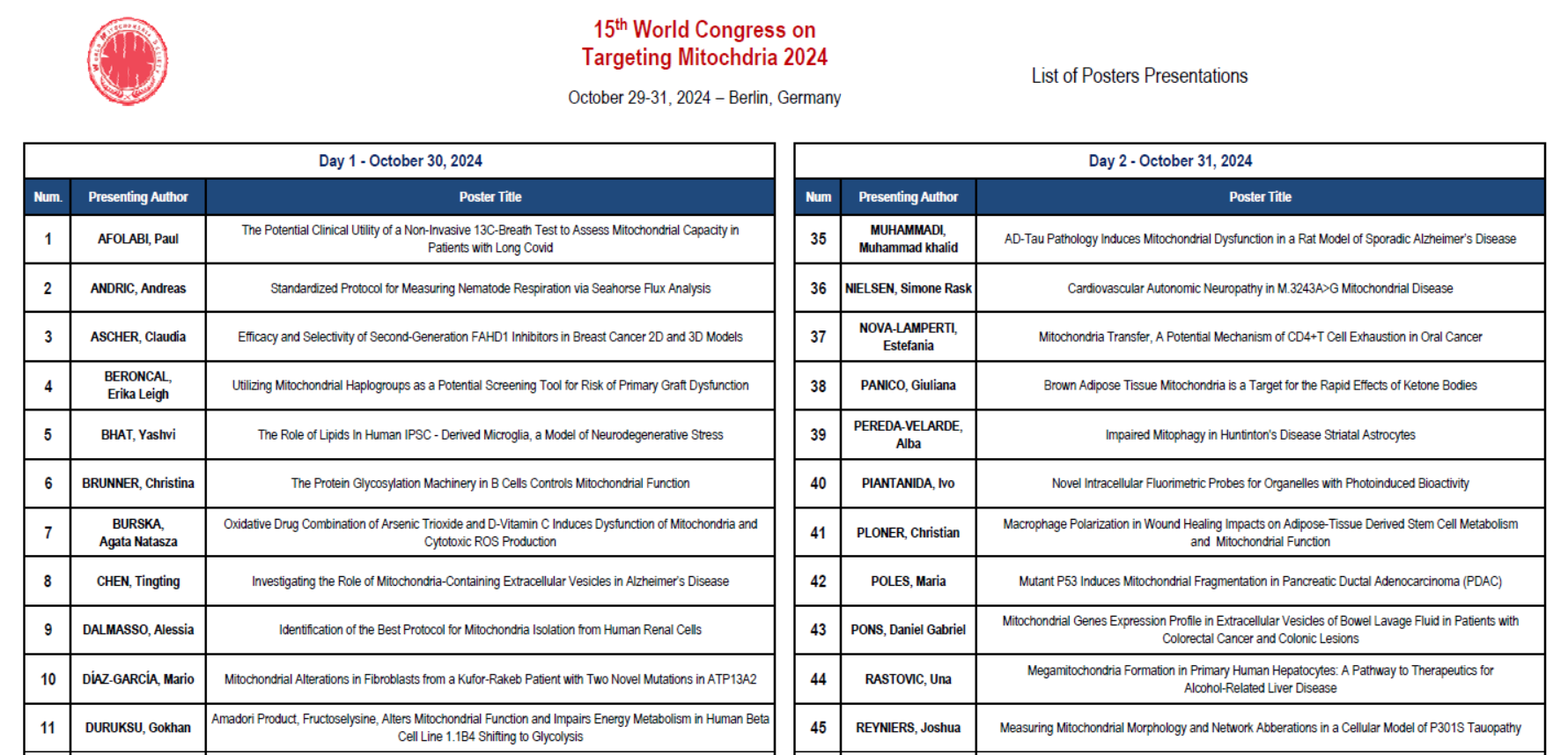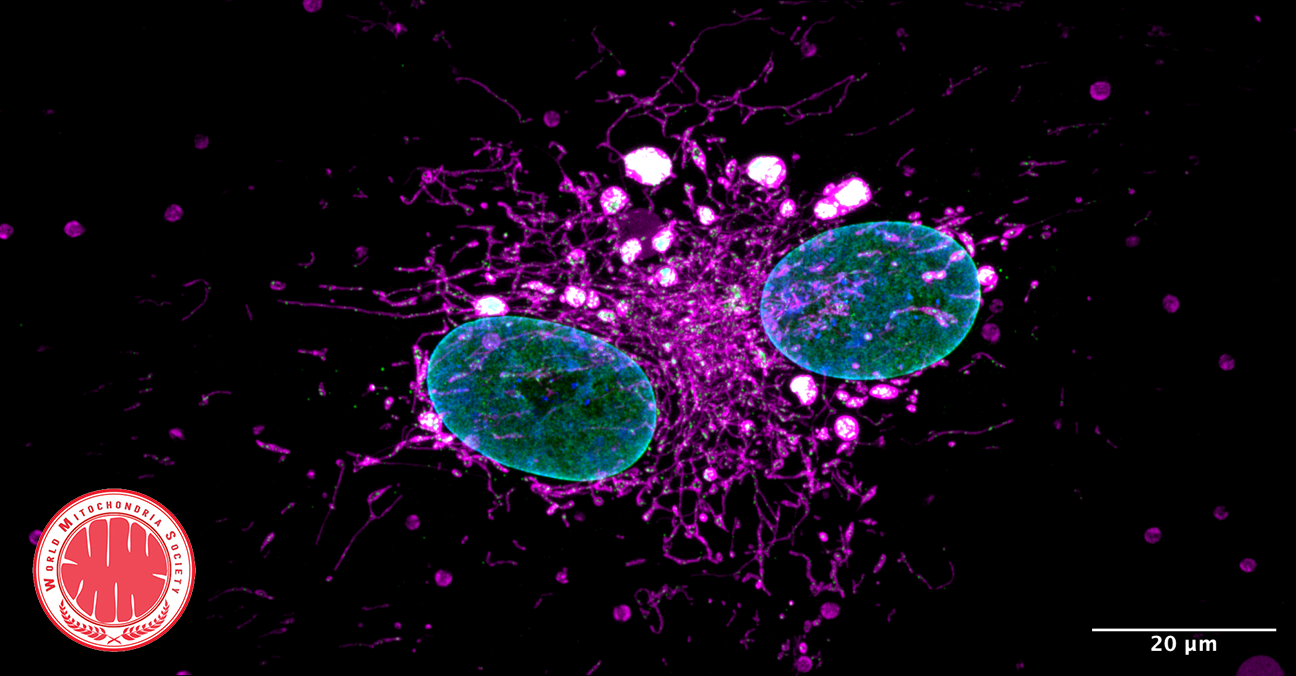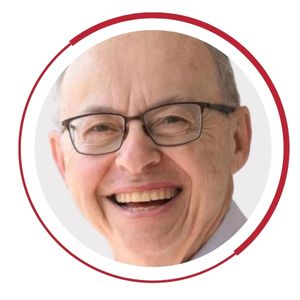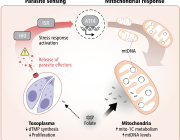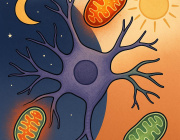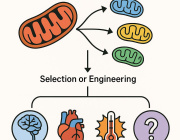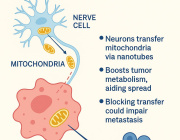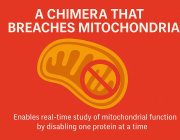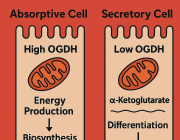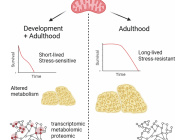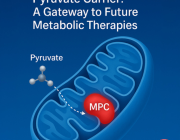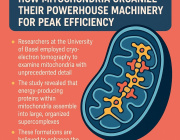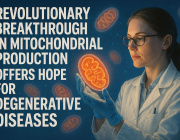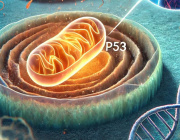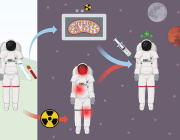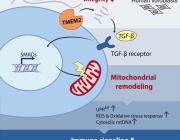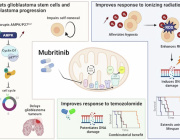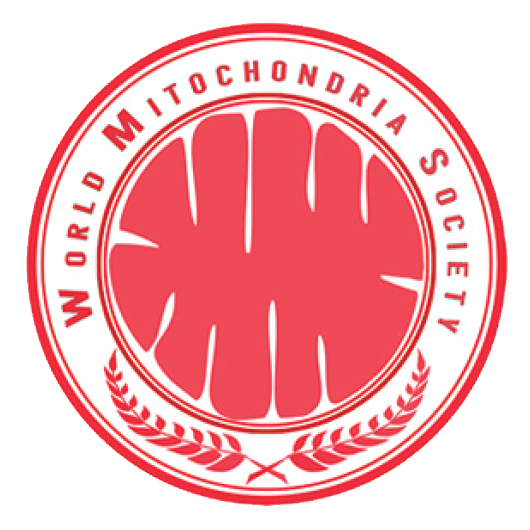Keynote Speech: Targeting Mitochondrial Channels: Update and Strategies
 Keynote Speech: Targeting Mitochondrial Channels: Update and Strategies
Keynote Speech: Targeting Mitochondrial Channels: Update and Strategies
In his keynote speech, Prof. Szewczyk will provide the latest insights into the role of mitochondrial channels in cellular function and disease. He will discuss recent advancements and strategic approaches for targeting these channels, highlighting their potential in therapeutic interventions.
About Adam Szewczyk
Adam Szewczyk is a Professor of Biochemistry and former director of the Nencki Institute of Experimental Biology (Polish Academy of Sciences) in Poland, and since 2022, he has served as the President of the Polish Biochemical Society. He completed his chemical studies at Warsaw University and his postdoctoral fellowship at Bern University (Switzerland), Institute of Cellular and Molecular Pharmacology-Nice University (France), and at Johns Hopkins University, Baltimore, MD. He is the Head of the Laboratory of Intracellular Ion Channels at Nencki Institute.
His research is focused on the role of ion channels on mitochondrial function and intracellular ion channels pharmacology and biophysical properties of mitochondrial potassium channels.
World Mitochondria Society
Annual World Congress on Targeting Mitochondria
October 22-24, 2025 - Berlin, Germany
LinkedIn | Facebook
Targeting Mitochondrial Pyruvate Carrier: Impact on Future Metabolic Therapies
 Prof. Edmund Kunji from the University of Cambridge will give a major talk entitled Targeting mitochondrial pyruvate carrier: impact on future metabolic therapies, during the Targeting Mitochondria 2025 Congress, which will be held on October 22-24, in Berlin, Germany.
Prof. Edmund Kunji from the University of Cambridge will give a major talk entitled Targeting mitochondrial pyruvate carrier: impact on future metabolic therapies, during the Targeting Mitochondria 2025 Congress, which will be held on October 22-24, in Berlin, Germany.
About Prof. Kunji's talk:
Fifty years after the mitochondrial pyruvate carrier (MPC) was first identified, researchers have now resolved its molecular structure and mechanism of action. In a landmark study published in Science Advances, Sichrovsky et al. (2025) unveiled how this critical mitochondrial complex mediates pyruvate transport and how its inhibition could be leveraged for therapeutic purposes in cancer, metabolic disorders, and more.
About his outstanding study:
Major Discoveries of the Study by Prof. Edmund Kunji and his teams
Molecular Structure of MPC:
The authors used cryo-electron microscopy to capture the architecture of the human MPC complex. They discovered that MPC forms a heterodimeric transport unit (MPC1/MPC2), creating a selective channel that guides pyruvate across the inner mitochondrial membrane.
Mechanism of Transport and Inhibition:
The study revealed how small-molecule inhibitors bind to the MPC complex and block its function, offering a blueprint for drug development. Structural analysis pinpointed specific binding sites that explain both transport dynamics and inhibition sensitivity.
Conserved Functionality:
Evolutionary conservation of the MPC mechanism across species (including yeast and human) underscores its universal biological role in cellular energy homeostasis.
Therapeutic Implications
Cancer:
Some tumors overexpress MPC to fuel high mitochondrial activity. MPC inhibitors could starve these cells of essential metabolites, selectively disrupting their growth.
Metabolic Diseases:
In conditions like non-alcoholic fatty liver disease (NAFLD), blocking MPC forces hepatocytes to burn fat instead of relying on glucose, leading to reduced liver fat accumulation.
Regenerative Medicine & Hair Growth:
MPC inhibition has been shown to stimulate lactate production, which may promote hair follicle cell activation, opening potential new treatments for alopecia.
Mitochondrial Dysfunction & Neurodegeneration:
Targeting MPC may allow modulation of energy metabolism in neurodegenerative and mitochondrial diseases, where ATP production and redox balance are impaired.
Broader Impact
Drug Development:
The structural elucidation of MPC provides a molecular framework for designing selective modulators, setting the stage for new classes of metabolic drugs.
Precision Medicine:
Understanding individual differences in MPC structure/function may lead to personalized metabolic therapies tailored to genetic or disease-specific metabolic profiles.
Synthetic Biology & Bioenergetics:
The detailed MPC model can inform the engineering of customized metabolic pathways, supporting advances in synthetic biology, cell therapies, and biotechnology.
Book Your Hotel at Reduced Rate

The 16th World Congress on Targeting Mitochondria on October 22-24, 2025, at
DoubleTree by Hilton Berlin Ku'damm
Los-Angeles-Platz 1
10789 Berlin, Germany
Book your room with a special rate
The WMS arranged a deal for all attendees, a special reduced rate for all rooms booked at the DoubleTree by Hilton.
King Guest Room: €180 per night
- Includes complimentary breakfast
- Surcharge for double occupancy: €20 per day
- City Tax not included – 7.5% ( with the new German law, all stays in hotels are taxed for personal & professional use)
How to Reach DoubleTree by Hilton:
1. From Berlin Tegel Airport (TXL):
- By Taxi: Taxis are readily available outside the terminal. The journey takes approximately 15-20 minutes, depending on traffic.
- By Public Transport: Take the X9 bus towards Zoologischer Garten. The hotel is a short walk from there.
2. From Berlin Schönefeld Airport (SXF):
- By Taxi: Taxis are readily available outside the terminal. The journey takes approximately 30-40 minutes, depending on traffic.
- By Public Transport: Take the regional train RE7 or RB14 to Zoologischer Garten, then a 10-minute walk.
3. By Train from Berlin Hauptbahnhof:
- Take S-Bahn lines S3, S5, S7, or S9 to Zoologischer Garten, then a brief walk.
4. By Car:
- The hotel is near the A100 city motorway.
- Parking is available at the hotel for a fee.
5. Public Transportation:
- U2 subway line stops at U-Bahnhof Zoologischer Garten.
- Numerous bus lines stop nearby.
World Mitochondria Society
16th Targeting Mitochondria 2025 Congress
October 22-25, 2025 - Berlin, Germany
www.wms-site.com
Mitochondria & Organelle Crosstalk - Rethinking Organelle Crosstalk: Mitochondrial-Derived Vesicles in Peroxisome Biogenesis Presented by Dr. Ayumu Sugiura
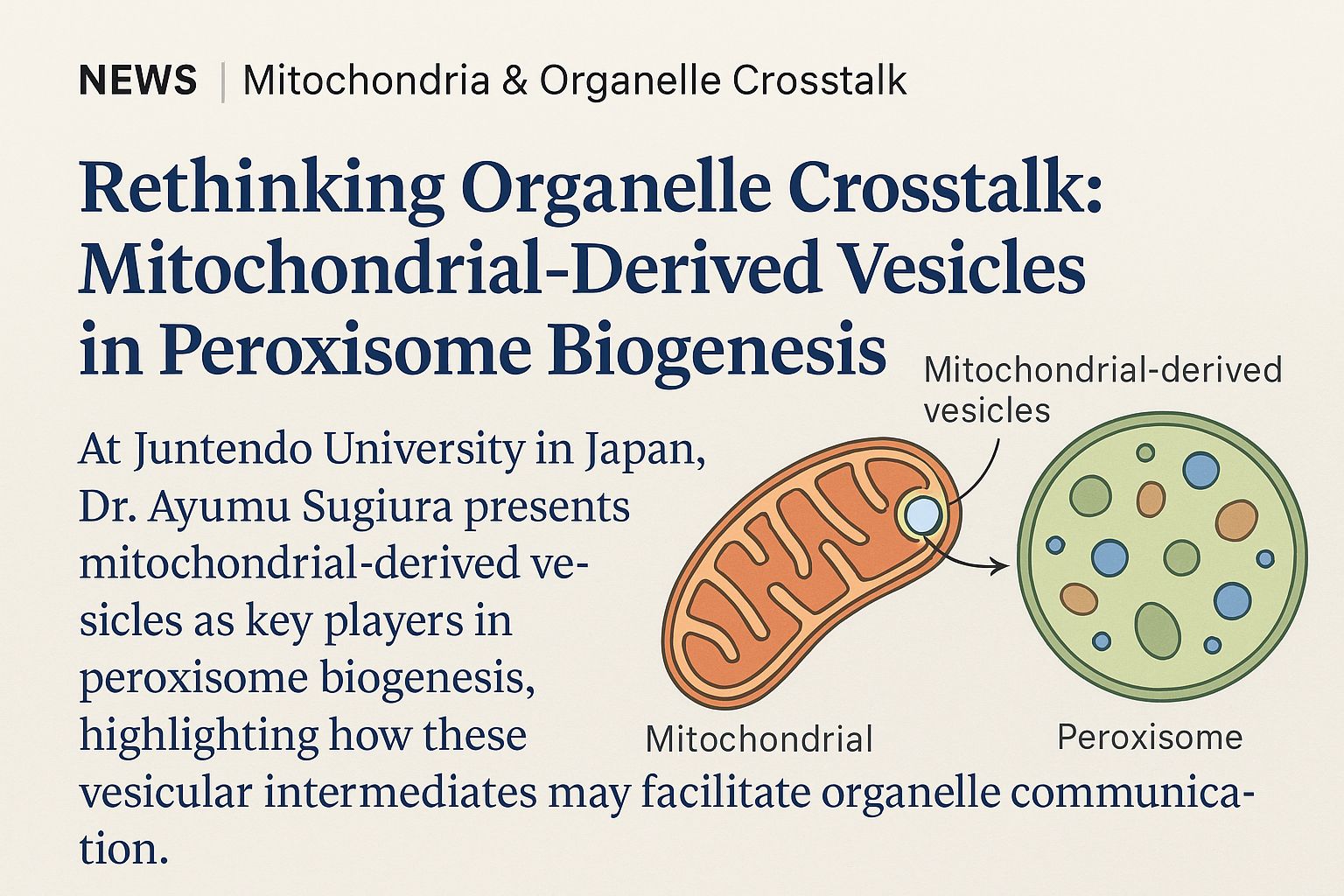
At the heart of cellular metabolism, mitochondria and peroxisomes play tightly interconnected roles in lipid regulation, redox homeostasis, and energy dynamics. While direct contacts between these organelles have long been observed, the mechanisms underlying their communication and biological significance are only beginning to emerge.
In an insightful presentation, Dr. Ayumu Sugiura of Juntendo University, Japan, introduces a compelling hypothesis: mitochondrial-derived vesicles (MDVs) may serve as essential mediators in peroxisome biogenesis. These vesicles, generated by mitochondria in response to cellular cues, could carry lipids, enzymes, or signaling molecules critical for initiating or modulating peroxisomal function.
“Mitochondrial-derived vesicles may provide a missing mechanistic link in understanding how mitochondria influence peroxisome formation and specialization,” says Dr. Sugiura.
His talk emphasized that this vesicular communication is not a byproduct of stress or degradation but a targeted and regulated form of inter-organelle signaling, reflecting a deeper evolutionary connection.
Understanding MDVs and their role in peroxisome biology may open new avenues in treating metabolic disorders, neurodegenerative diseases, and inherited mitochondrial syndromes, where organelle cooperation is often impaired.
This new perspective encourages scientists to rethink organelle crosstalk not as static interactions but as dynamic exchanges of molecular information, and places MDVs at the center of this emerging dialogue.
Lucid Scientific Joins as Official Supporter of World Mitochondria Society Congress 2025

The World Mitochondria Society officially welcomes Lucid Scientific as a supporter of the 16th World Mitochondria Society Congress, taking place from October 22–24, 2025, in Berlin, Germany.
Lucid Scientific, a biotechnology company based in Atlanta, Georgia, is renowned for its innovative solutions in cell culture research. Their flagship product, Resipher, is the world's first real-time, non-invasive cell culture monitor that measures oxygen consumption directly within standard incubator environments.
The Resipher system empowers researchers to precisely measure oxygen consumption directly in standard microplates. Its patented dynamic optical oxygen sensors provide high sensitivity without disturbing cells. Resipher's compact design allows it to sit directly in incubators, and its web-based software streams real-time data to the cloud, enabling researchers to monitor experiments remotely via computer, smartphone, or tablet.
At the 2025 Congress, Lucid Scientific will showcase how Resipher's capabilities can advance mitochondrial research by providing continuous, high-resolution data on cellular respiration. This aligns with the Congress's focus on translating the latest mitochondrial research into tangible medical treatments.
For more information about Lucid Scientific and the Resipher system : lucidsci.com.
Nanolive Joins as Official Supporter of World Mitochondria Society Congress 2025

The World Mitochondria Society is proud to announce its partnership with Nanolive for the 16th World Mitochondria Congress, to be held from the 22th to 24th of October in Berlin, Germany.
Nanolive, a Swiss biotech company based in Lausanne, is at the forefront of label-free live-cell imaging. Their cutting-edge technology allows researchers to observe living cells in 3D, in real-time, without using dyes or fluorescent markers, a major breakthrough for mitochondrial and cellular research.
Nanolive’s unique imaging systems combine quantitative data acquisition (such as dry mass and refractive index) with dynamic live-cell analysis, providing unprecedented insights into cellular processes such as mitochondrial dynamics, mitophagy, apoptosis, and bioenergetic responses.
Thanks to its AI-powered analytics, Nanolive enables high-throughput screening and detailed time-lapse analyses, empowering researchers to monitor cellular health, metabolic shifts, and drug responses with exceptional precision and without altering cell physiology. This includes the Smart Mitochondrial AssayLIVE, the world’s first fully automated solution for label-free, quantitative assessment of mitochondrial dynamics over time.
At the 2025 Congress, Nanolive will present how its label-free imaging platforms are being used to explore mitochondrial function in health and disease, and how this approach can accelerate the discovery of new therapies targeting mitochondrial dysfunction.
We are excited to count Nanolive among our partners and look forward to their contribution to the advancement of mitochondrial science.
For more information about Nanolive: www.nanolive.com
Who is Attending ? Global Industrial, Investors & Institutional Leaders Unite at Targeting Mitochondria 2025 – Berlin
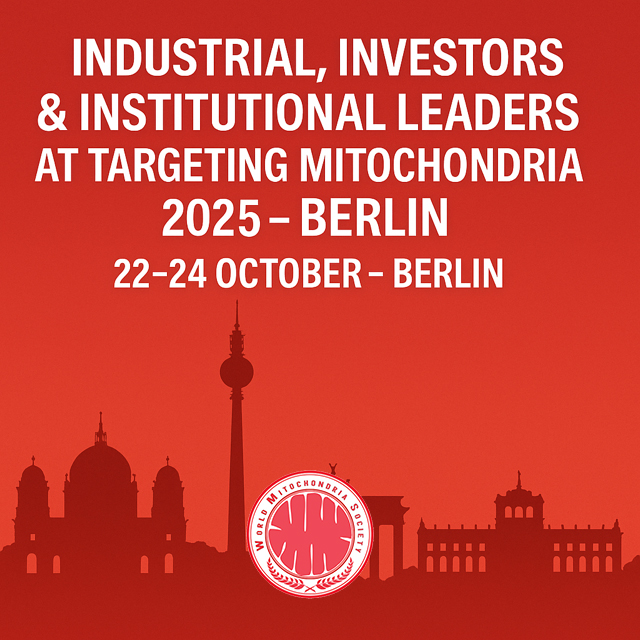
The World Mitochondria Society (WMS) is proud to announce the participation of an unprecedented network of more than 150 academic and institutional partners and over 30 industrial and investment organizations at the 17th World Congress on Targeting Mitochondria, to be held in Berlin from October 22 to 24, 2025.
This year’s congress will gather the world’s leading experts from biotechnology, pharma, cosmetics, diagnostics, academia, and finance, illustrating how mitochondria have become a strategic crossroads for health, longevity, and precision medicine.
Confirmed Industrial, Investors & Institutional Attendees
Australia:
· Deakin University
Belgium:
· ORBI team, URBC, University of Namur
Brazil:
· University of Campinas (UNICAMP)
Bulgaria:
· Institute of Biology and Immunology of Reproduction, Bulgarian Academy of Sciences
Canada:
· Lunella Biotech. Inc.,
Chile:
· IMPACT CENTER, Universidad de Los Andes
China:
· Kunming Medical University · Shanghai jiaotong university
Czech Republic:
· Charles University and General University Hospital in Prague · Institute Of Physiology Of The Czech Acad. Sci. · Institute of Physiology, Czech Academy of Sciences
Finland:
· Tampere University · University of Eastern Finland
France:
· CEA MIRCen CNRS UMR 9199 · INSERM INM · INTERNATIONAL SPACE FEDERATION · L'Oreal R&I · Proya Europe · Université paris Cité, INSERM · University Paris-Saclay; INRAE
Germany:
· Albstadt-Sigmaringen University · Charité - Universitätsmedizin Berlin · Deutsches Herzzentrum der Charité · Deutsches Herzzentrum der Charite · Universitätsklinikum Erlangen · Dr. Mühlhausen · HAW Albstadt-Sigmaringen · Universitätsklinikum Essen · University Albstadt-Sigmaringen · University Medical Center Göttingen
Greece:
· EK PA
India:
· Indian Institute of Science Education and Research Tirupati, India · National Institute of Pharmaceutical Education and Research (NIPER) - Ahmedabad
Israel:
· Hebrew University of Jerusalem · Minovia Therapeutics Ltd. · Neurim Pharamceuticals · Sheba Medical Center
Italy:
· Crab Sinergy Srl · IDI IRCCS- Fondazione Maria Luigi Monti · Institute of Cristallography, National Council of Research · IRCCS San Raffaele Scientific Institute · National Research Council (CNR) · Polytechnic University of Marche
· Università degli Studi dell'Insubria · Università degli Studi di Bari · University of Milan · University of Padova · University of Salento · University of Turin · University of Verona
Japan:
· Hokkaido University · Kyowa Kirin · National Cerebral and Cardiovascular Center Research Institute · Tokyo University of Science
Kazakhstan:
· Nazarbayev University
Lithuania:
· Lithuanian University of Health Sciences
Luxembourg:
· University of Luxembourg
Mexico:
· Universidad de Guanajuato
Monaco:
· Biotech Investor
Netherlands:
· Amsterdam UMC · Maastricht University · Radboud University Department of Microbiology · UMC Utrecht
Norway:
· Miphic · University of Oslo
Poland:
· Adam Mickiewicz University in Poznań · Institute of Fundamental Technological Research, Polish Academy of Sciences · Nencki Institute of Experimental Biology PAS · Warsaw University of Life Sciences
· Wroclaw Medical University
Singapore:
· National University of Singapore
Slovakia:
· OVOGENE / IFG
Slovenia:
· University of Ljubljana · University of Ljubljana, Faculty of Pharmacy · University of Maribor
South Korea:
· CHA University · Institute of Endemic Diseases / Seoul National University Medical Research Center · Korea Institute of Science and Technology (KIST) School · Seoul National University College of Medicine
Spain:
· Centro Nacional de Investigaciones Cardiovasculares, Madrid, Spain · Universidad de Zaragoza
· University of Oviedo
Sweden:
· Karolinska Institutet · Stockholm Univerisity
Switzerland:
· ETH Zürich · Novartis Biomedical Research
· University of Basel
Turkey:
· Hacettepe University · Koc University · Kocaeli University, Department of Stem Cell
United Kingdom:
· Altos Labs UK · CellSpex Ltd · King’s College London · Northumbria University, Newcastle University · The Roger Williams Institute of Liver Studies · University of Bath · University of Cambridge
United States:
· Aardvark Therapeutics · ASU School of Molecular Sciences · Ciity of Hope National Medical Center · Colossal Biosciences · Labryo Fertility Center · Michael J Fox Foundation · No affiliation · Social Profit Network · Solid Biosciences · Stanford University · Throne Biotechnologies · University of California Los Angeles · University of California San Diego · University of California San Francisco (UCSF) · University of California, San Diego/ Neurosciences · University of South Dakota · UT Texas MD Anderson Cancer Center · Vertex Pharmaceuticals · Wayne State University · Wayne State University, Detroit · West Virginia University
A Global Alliance for Mitochondrial Innovation
With over 125 organizations representing more than 25 countries, Targeting Mitochondria 2025 confirms its position as the world’s leading scientific–industrial platform dedicated to mitochondrial medicine.
Academic centers will share fundamental breakthroughs in mitochondrial communication, while industry leaders unveil new technologies and translational programs for diagnostics, therapeutics, and rejuvenation.
“Each year, Targeting Mitochondria strengthens the bridge between scientific discovery and industrial translation,” said Marvin Edeas, Volkmar Weissig, Chairman of the World Mitochondria Society. “The 2025 congress in Berlin will highlight new collaborations, therapeutic advances, and visionary investment in mitochondrial medicine.”
⸻
About Targeting Mitochondria 2025
Organized by the World Mitochondria Society, the annual congress brings together scientists, clinicians, and companies to explore mitochondrial rejuvenation, inter-organelle communication, extracellular vesicles, metabolic reprogramming, and mitochondrial biomarkers.
- Dates: 22–24 October 2025
- Venue: Berlin, Germany
- Website:www.wms-site.com



